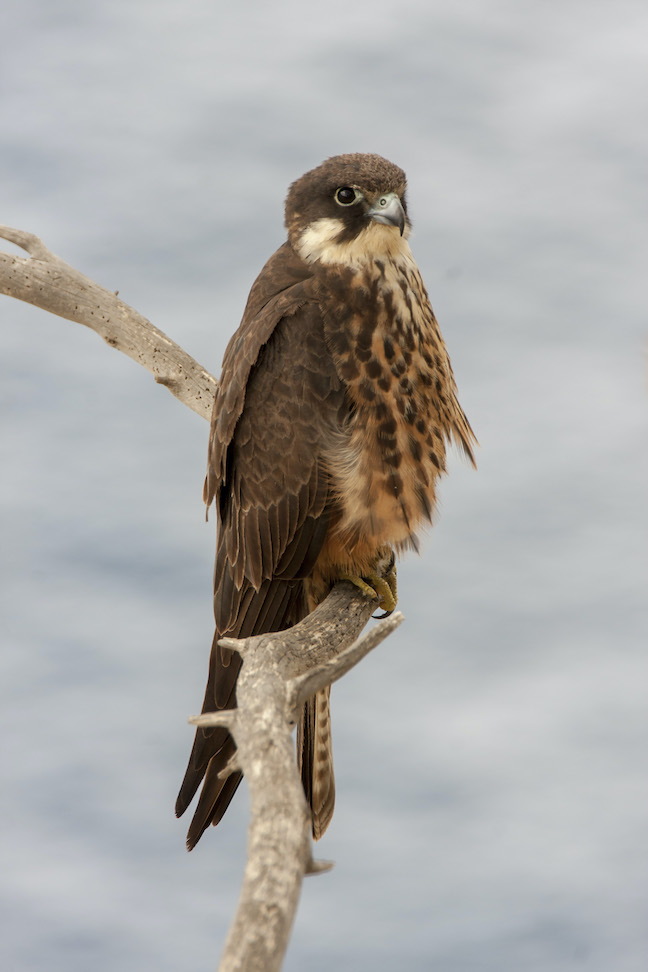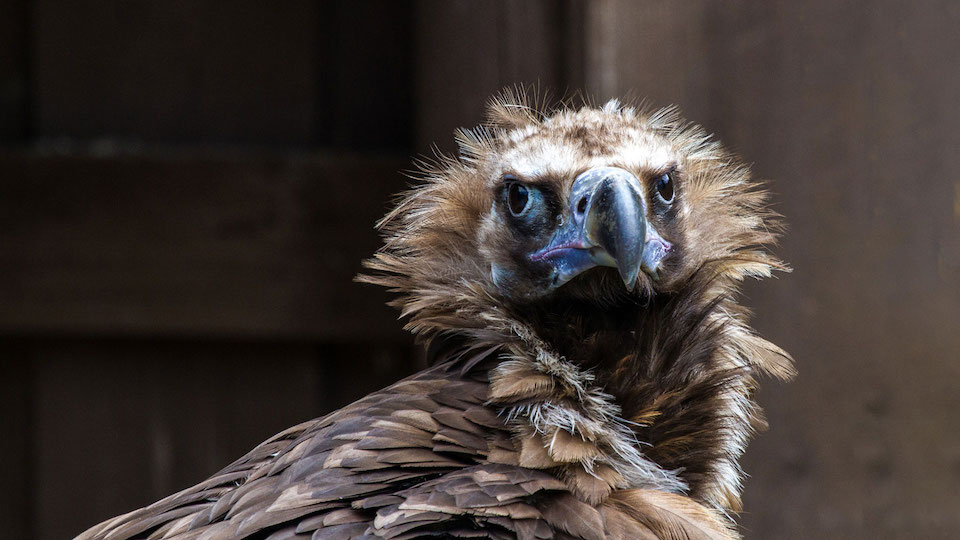Ramón, a black vulture, flew on his own from Spain to Senegal. He covered more than 3,000 km in flight, though not in a straight line, as he had to search for food and shelter. It’s believed that he joined another group of Griffon vultures with which he shares some similarities. He was tagged as a chick in Madrid by SEO Birdlife and had a typical youth. He connected to various colonies in Extremadura, La Mancha, and Andalusia until he crossed the Strait of Gibraltar and settled in Senegal in a marshy area where there was likely livestock carrion. Months later, he died, probably due to poisoning, proving that migratory bird conservation is a challenge.
Juan Carlos del Morán, SEO Birdlife´s coordinator, explains that with «modern GPS technologies that we all have in our cars and mobile phones.» They aim to track the 600,000 species of migratory birds and study their movements accurately: where they are, where they’re going, the routes they take, and how far they travel. «All of these parameters are what help us in the organization’s primary goal, which is the conservation of birds.»
This October 14 is the second part of World Migratory Bird Day, with the first part having been on May 13, as these are round-trip journeys. This year, the theme is water. Juan Carlos del Morán warns: «These years are proving to be challenging, especially when reaching the southern part of the Iberian Peninsula where there are many lagoons dependent on rainfall, and this year, they are dwindling.»
Bodies of water are crucial for migratory birds. On one hand, they feed, rest, and nest with water acting as a moat. With drought and the lack of natural wetlands, birds are using artificial ones like rice paddies or fish and shrimp farms, which can lead to conflicts with farmers.
Moreover, as demonstrated by Frenchman Christian Moullec’s experiments with geese, birds have a significant imprinting ability to identify elements on the ground from high altitudes and a great photographic memory to recognize them. Many birds are capable of returning to their birth nests.
They use rivers as roadways, and lagoons and wetlands as landmarks on the journey. If these are lost, birds can easily become disoriented and end up circling in search of a reference that’s no longer there. «As a result, they extend their journeys, increasing the probability of mortality,» explains Morán.
The Decline of Migratory Birds
It is estimated that every year, approximately half a million storks and birds of prey, nearly one million seabirds, and over 30 million small and medium-sized birds cross the Strait of Gibraltar. Although this year’s campaign hasn’t concluded yet, the Migres Foundation has some concerning figures regarding migratory bird conservation.
Alejandro Onrubia, a technician from the foundation, acknowledges that the overall trend isn’t favorable. «This year, the campaign hasn’t ended yet, and there are record numbers for some species like the black kite. Normally, about 170,000 individuals cross the Strait, and now they’re already at 270,000.»
«However, there are relatively low numbers of Short-toed Eagles, with just over 13,000 counted. They haven’t finished their migration yet, but it’s not expected to reach the annual average of 20,400. And we have worrying numbers for Montagu’s Harriers, Lesser Kestrels, and hobbies.»
Habitat loss and land intensification are the main threats. Teresa Gil of WWF mentions intensive agriculture with fertilizers that sterilize the land and the renewable energy boom. According to SEO’s report, the number one cause of non-natural bird mortality, accounting for more than 30%, is collisions with power lines carrying clean electricity from power plants.

Birds are like canaries in the coal mine when it comes to ecosystem health. Spain hosts nearly all of the European migratory bird species: those that use the Iberian Peninsula as a bridge between Africa and Europe and those that stay for the winter. In the context of climate change and drought, changes in migration patterns are being detected, as in the case of Ramón, the black vulture. That’s why having more information is better for their conservation.»

